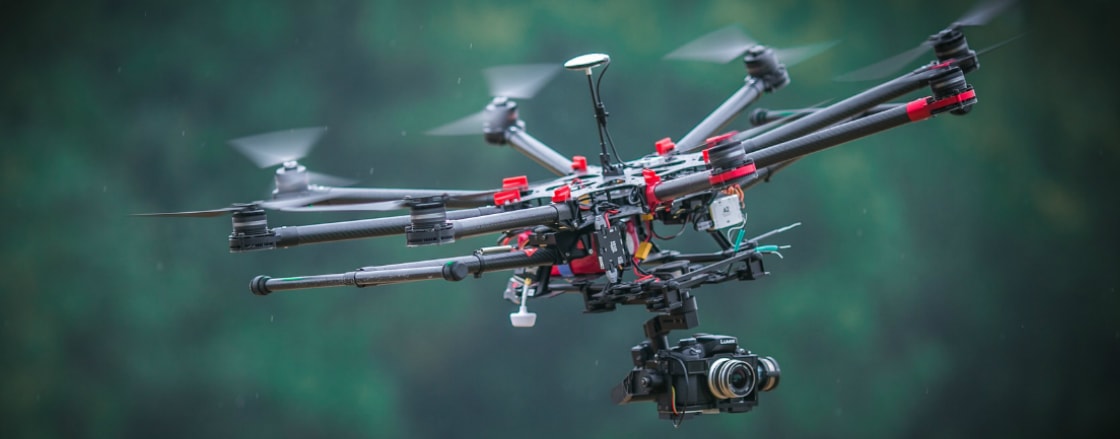
Commonly called „Drones“, these flying machines are allso named UAVs, unmanned aerial vehicles or unmanned aircraft systems UASes.
Unmanned aerial vehicle technology covers everything from the aerodynamics of the drone, materials in the manufacture of the physical UAV, to the circuit boards, chipset and software which are the brains of the drone.
Drone is an ircraft without a human pilot aboard. These aircrafts may be remotely controlled or can fly autonomously through software-controlled flight plans in their embedded systems working in conjunction with onboard sensors and GPS.
Although at first drones are developed for the needs of governments and military and they evolve as spy or reconnaissance vehicles used during wartime in missions which are too dangerous for humans - and can often involved carrying weapons for airstrikes, civilian drones now outnumber those of the military. Today they are also produced for kids, RC plane hobbyists, photographers, videographers, farmers and for anyone who is interested in viewing the skies around them. Remote control airplanes and helicopters can also be classified as UAVs when they have particular kinds of performance and remote control capabilities.
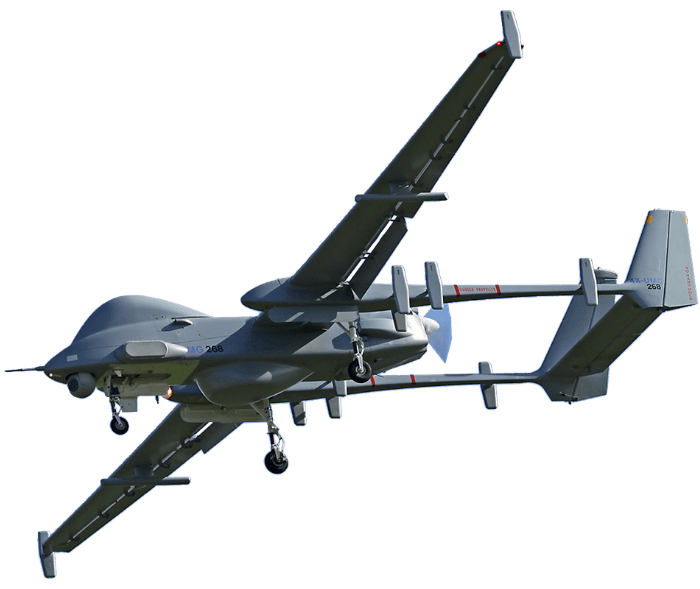
Figure 1. Military drone.
Beside the military drones, the civilian drones find place in photography, search and rescue operations and delivering medical supplies to inaccessible reasons, police investigations, mapping data across sites, agriculture and archaeology.
Unmanned aerial vehicles cane be:
Remotely piloted aircraft (RPA) controlled from the ground. Autonomously controlled by on-board computers.
Pre-programmed to fly specified routes. They can be programmed to take-off, follow a flight path, perform specific tasks at defined locations and auto land.
While the military drones may look more like real planes, the civil drones remind more to a multi rotor helicopter. Depending on the count and situation of the propellers are some basi configurations:
-
Quad-rotor.
-
Hexa-rotor.
-
Octo-rotor.
-
X8-rotor.
-
Y4-rotor.
-
Y6-rotor.
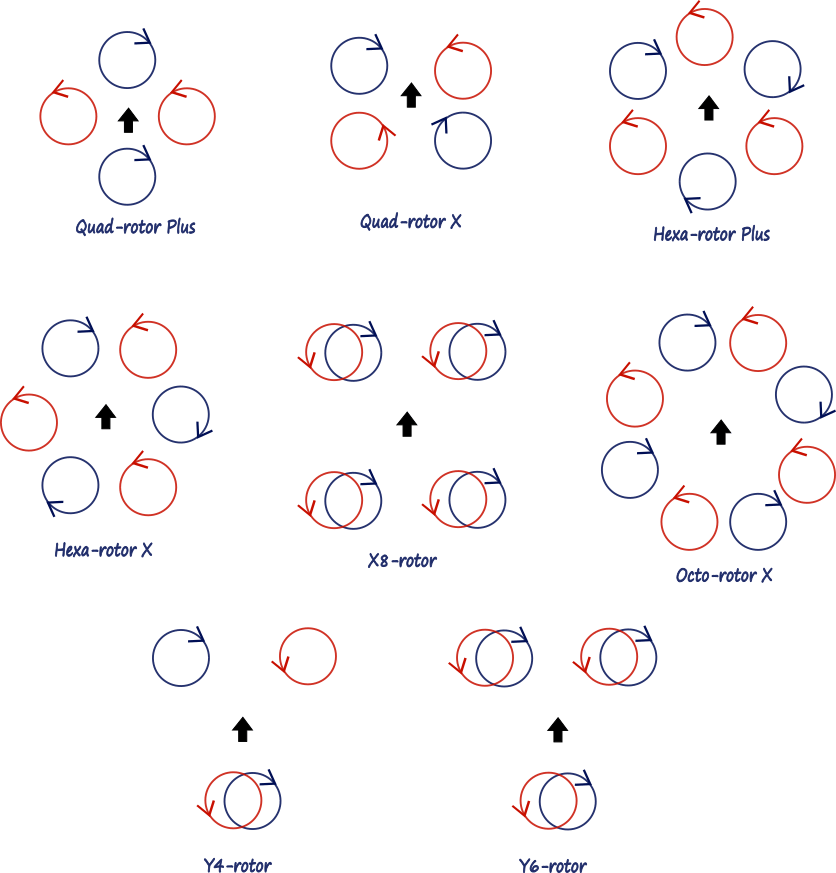
Figure 2. Drones - rotor configurations.
Main components of drones.
1. Frame
Every drone needs a frame to house all the other components. Things to consider here are weight, size, and materials.>/p>
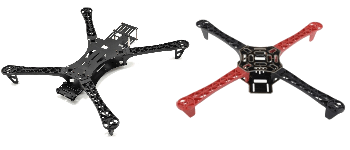
Figure 3. Drone's frame.
2. Propeller
Standard propellers
The propellers are usually located at the front of the drone/quadcopter and they vary in size and material used in the manufacturing. Most of them are made of plastic especially for the smaller drones but the more expensive ones are made of carbon fiber. They are responsible for the direction and motion of the drone.
Pusher propellers
They determine the forward and backward thrust of the drone during flight and determine the direction the drone takes - forward or backward. They are normally located at the back of the drone. Like the standard propellers they are also made of different materials.
3. Motors
The design of the motor is as important as the drone itself, an efficient motor means better maintenance costs, longer battery life which contributes to longer flight time.
4. Landing gear
Some drones come with helicopter-style landing gears that help in landing the drone. Drones which require high ground clearance during landing will require a modified landing gear to allow it to land safely on the ground. Not all drones require a landing gear. Some smaller drones will work perfectly fine without a landing gear.
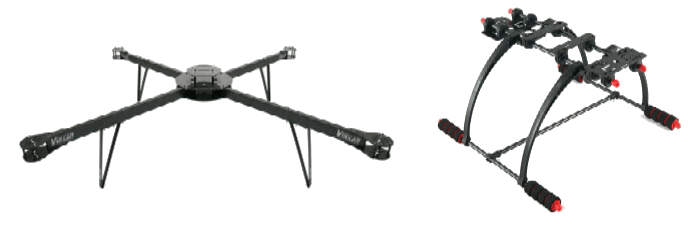
Figure 4. Drones – landing gear.
5. Electronic speed controller
The main task of electronic sped controller (ESC) is to monitor and vary the speed of the drone during flight. It is also responsible for the direction of flight and variations in brakes of the drone. The ESC is also responsible for the conversion of DC battery power to AC power to propel the brushless motors.
6. Flight controller
The flight controller is basically the motherboard of the drone. It is responsible for all the commands that are issued to the drone by the pilot. It interprets input from the receiver, the GPS Module, the battery monitor and the onboard sensors. The flight controller is also responsible for the regulation of the motor speeds through the ESC and for the steering of the drone. Any commands are controlled by the flight controller.
7. Receiver
This unit receives the radio signals sent to the drone through the controller. The minimum number of channels that are needed to control a drone are usually 4. It is recommended that a provision of 5 channels be made available.
8. Transmitter
This unit transmissts the radio signals from the controller to the drone to issue commands of flight and directions. Like the receiver, the transmitter needs to have 4 channels for a drone but 5 is usually recommended.
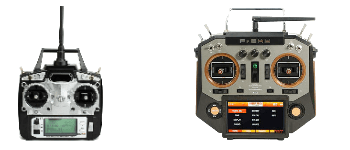
Figure 5. Drone's transmitter.
9. GPS Module
The GPS module provides longitude, latitude and elevation points. The GPS module also help in returning the drone safely “home”.
10. Battery
The battery provides power supply to the drones's components. Smaller drones may need smaller batteries due to the limited power needs. Bigger drones, on the other hand, may require a bigger battery with a larger capacity to allow it to power all the functions of the drone. The battery indicator provides information to the pilot regarding the remaining energy.
11. Battery charger
There are usually multiple cells within the battery that must be charged and discharged at the same rate. Therefore balance charger is needed.
12. Camera
Some drones come with an inbuilt camera while others have a detachable camera. The camera helps in taking photos and images from above which forms an important use of drones.
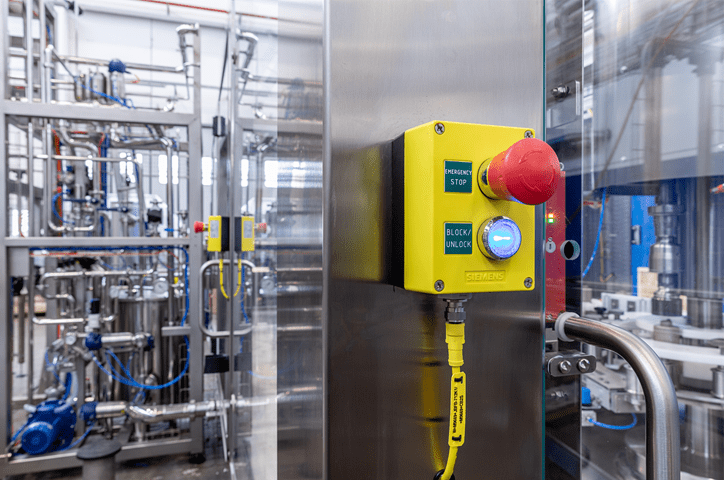
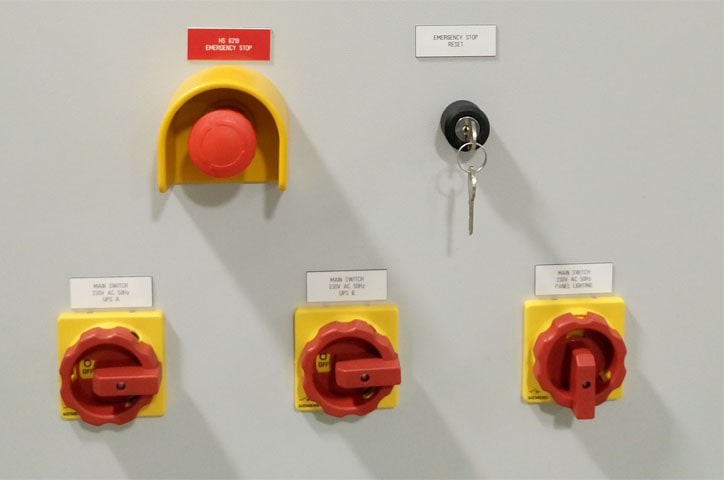
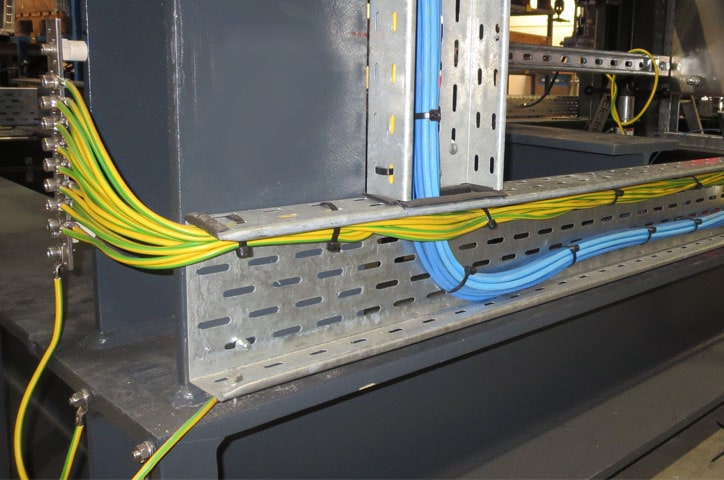
0 COMMENTS //
Join the discussion